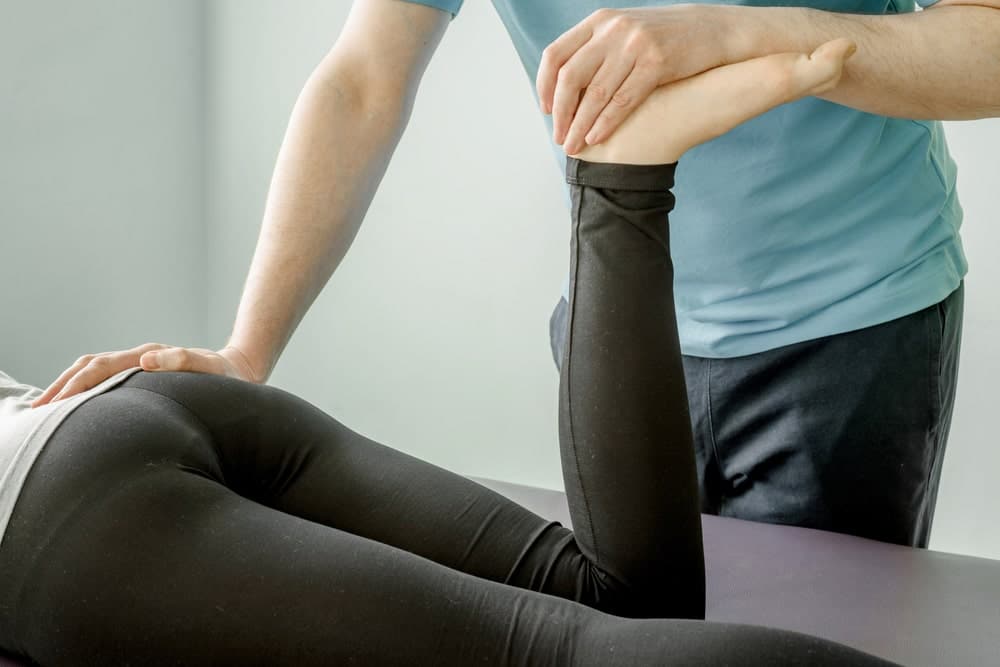
What is Piriformis Syndrome?
The piriformis muscle spans from the sacrum at the centre of the pelvis, spanning to the greater trochanter on the lateral side of the hip. It is responsible for external, or outward, rotation of the hip. Often, the sciatic nerve passes directly through this muscle. Piriformis syndrome may be exhibited alongside lower back pain, particularly those with sciatic pain, although it can exist in the absence of other symptoms.
Causes / Aetiology
Piriformis syndrome has a much higher prevalence in females, although does occur in males as well. Its origins are not always clear, although it is largely characterised by tightness in and often around the piriformis muscle. It may be caused by trauma to the piriformis area or by overuse of the muscle. In some presentations, the condition is caused by anatomical differences in the structure of either the piriformis itself or of the sciatic nerve.
Symptoms
Pain in the piriformis is often characterised by deep buttock pain, often alongside low back pain. It may also cause nerve-related symptoms such as numbness or tingling. It is very common to experience pain upon sitting, particularly prolonged sitting.
How My Physio My Health treats this condition
At My Physio My Health, your physiotherapist will work to address piriformis conditions through a variety of approaches. Your physiotherapist will incorporate deep tissue release and hip mobilisation as dictated by the condition's presentation. A stretching and strengthening program is essential to restore the proper functioning of the piriformis and surrounding musculature. It is also important to address any concurrent back pain and tightness.
If you suspect you may have piriformis syndrome or are experiencing similar symptoms, please book with our physio team.

Written by Austin Blake
Austin graduated from Flinders University with a Master of Physiotherapy in 2021. He enjoys treating a variety of musculoskeletal conditions, with a passion for chronic pain presentations including back, neck and shoulders. Austin is also keen on treating temperomandibular (jaw) pain, sporting injuries, foot pain, and repetitive use injuries such as tennis elbow. He believes that rehabilitation is best facilitated through the use of hands-on therapy and client empowerment, through education and exercise therapy.
My Physio My Health
Trust our team of physiotherapists to help you recover faster and improve your quality of life.

 WISHING EVERYONE A HAPPY NEW YEAR! WE'VE RETURNED TO OUR REGULAR OPENING HOURS
WISHING EVERYONE A HAPPY NEW YEAR! WE'VE RETURNED TO OUR REGULAR OPENING HOURS



